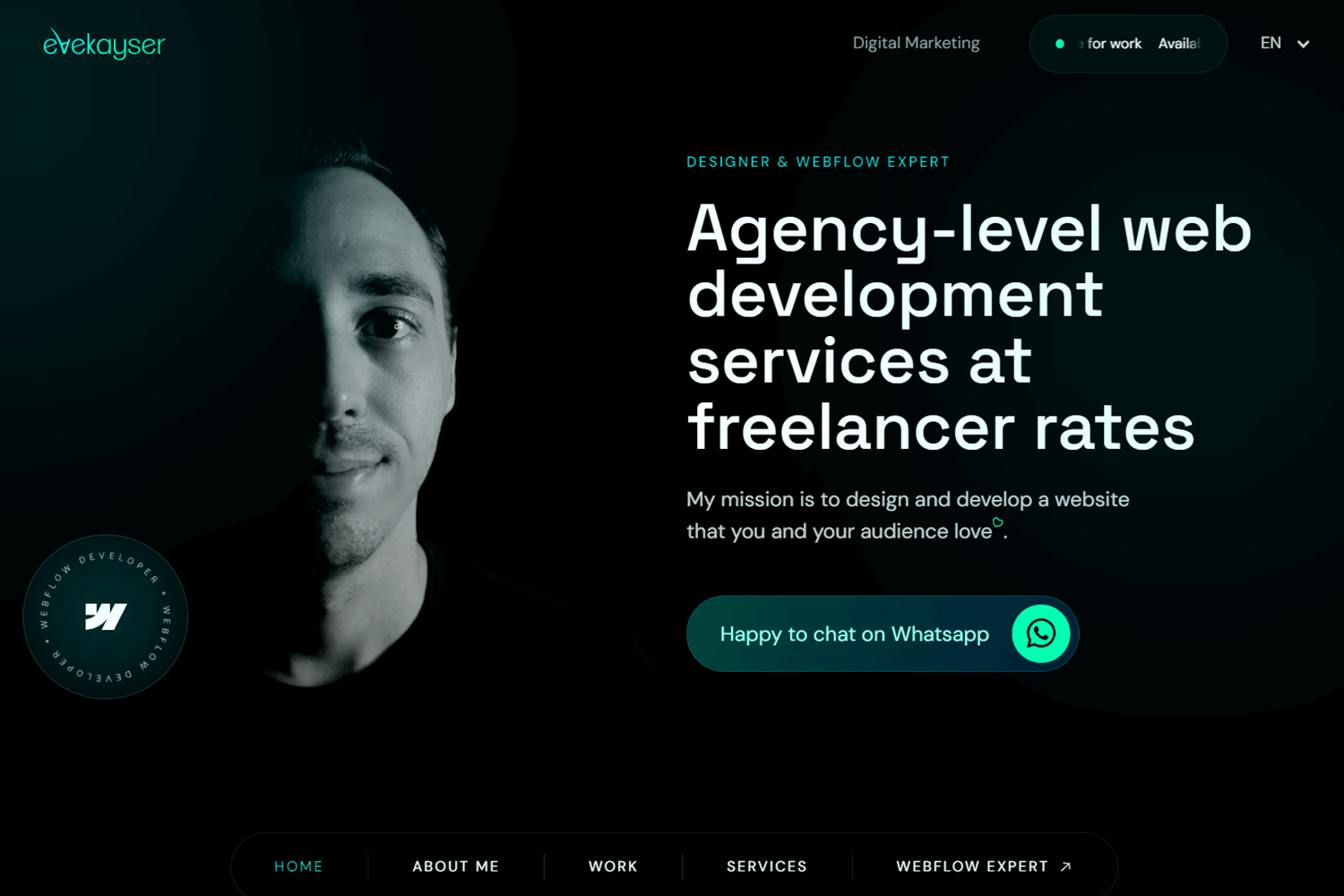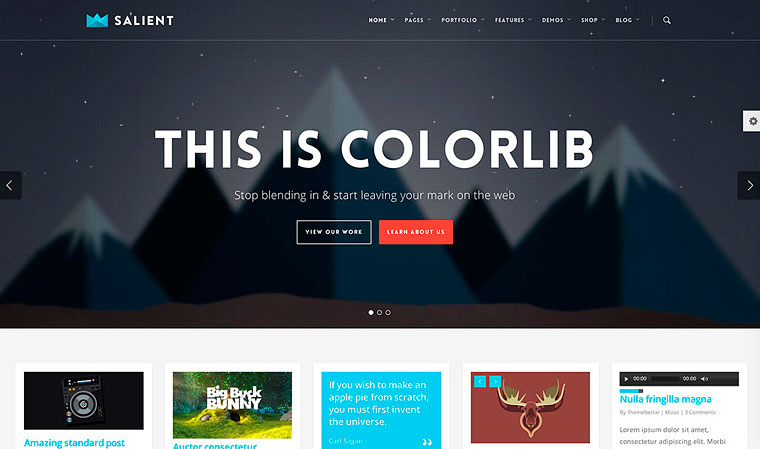Recognizing User Experience: Trick Concepts for Successful Website Design
In the world of website design, understanding customer experience (UX) is critical to creating platforms that not just draw in yet likewise preserve users. Trick concepts such as user-friendly navigating and effective responses mechanisms play vital roles in promoting customer fulfillment. Additionally, factors to consider for ease of access ensure that all individuals can involve with the content effortlessly. The nuances of visual layout and the importance of repetitive testing usually remain neglected. As we check out these fundamental components, it becomes evident that understanding UX is not merely a choice however a need for success. What are the effects of neglecting these principles?
Relevance of Customer Experience

In the world of internet style, one can not undervalue the relevance of individual experience (UX) as a critical element that straight affects the success of a site. A favorable UX not only enhances customer contentment yet likewise fosters commitment, encouraging repeat brows through and communications. When individuals encounter a appealing and intuitive user interface, they are most likely to explore the web content, exchange clients, or share their experiences with others. This organic promo can substantially enhance a brand's reach and visibility.
Furthermore, the relevance of UX expands past simple visual appeals. It incorporates the overall performance of an internet site, guaranteeing that navigating is smooth and information is easily accessible. Web sites that focus on UX are frequently viewed as even more trustworthy and trustworthy, which can have an extensive impact on conversion rates. On the other hand, bad UX can bring about disappointment, causing high bounce rates and lost chances.
Ultimately, investing in user experience is not simply a layout selection; it is a tactical decision that can separate a brand name in a jampacked marketplace. By concentrating on UX, businesses can produce purposeful interactions that resonate with individuals, leading the way for continual success in the digital landscape.
Usability Principles
Reliable internet style depends upon the application of essential usability concepts that guarantee a web site is both straightforward and useful. Central to these principles is the concept of intuition, where individuals can navigate the website easily without extensive instruction. Clear navigating structures, consisting of consistent designs and well-labeled menus, boost this intuitive experience, allowing individuals to find info quickly.

Consistency is similarly essential; preserving uniformity in style components, terms, and procedures throughout the website assists to decrease complication. Individuals must not need to relearn how to interact with different sections of the web site.
In addition, error avoidance and recovery are vital for use. Internet sites need to be designed to lessen the opportunity of individual errors, and when mistakes happen, clear and positive error messages need to guide individuals towards resolution.
Ease Of Access Considerations
Ensuring ease of access in website design is vital for producing comprehensive electronic experiences that satisfy all individuals, including those with impairments. Access factors to consider involve designing internet sites that suit varied needs, making it possible for individuals with aesthetic, acoustic, cognitive, or motor disabilities to browse and communicate effectively.
To attain this, internet designers must adhere to developed standards, such as the Internet Web Content Accessibility Guidelines (WCAG) These guidelines provide a structure for making content perceivable, operable, easy to understand, and robust. Key methods include making certain enough color contrast, giving message alternatives for non-text content, and guaranteeing keyboard navigability.
Furthermore, semantic HTML ought to be used to boost screen visitor compatibility, enabling individuals with visual problems to comprehend the structure and meaning of material with ease. web design. Providing clear, succinct directions and making use of simple language can even more boost functionality for individuals with cognitive handicaps
Normal ease of access testing, involving genuine individuals with disabilities, is important to recognize barriers and improve the individual experience. By prioritizing access, web designers not just abide by lawful criteria however also cultivate an even more equitable digital landscape, eventually profiting every person through boosted usability and engagement.
Visual Design Elements
A myriad of visual design components plays a vital role fit individual perceptions and experiences on an internet site. These aspects consist of color pattern, typography, whitespace, images, and layout, each adding to the overall aesthetic appeal and efficiency of a site.

Color pattern stimulate emotions and can influence user activities; as an example, warm shades might create a feeling of seriousness, while amazing colors often advertise calmness. Typography, on the various other hand, impacts readability and can establish a brand's personality - web design. The selection of font style and dimension need to align with the internet site's goals and target audience
Images, including symbols and photos, boosts storytelling and can significantly affect user involvement. Premium visuals develop a sense of professionalism, while poor-quality pictures might interfere with the customer experience.
Layout and whitespace are just as important, as they assist users with the content. A well-structured design aids users discover details rapidly, while appropriate whitespace avoids mess, helping with a much more enjoyable searching experience.

Examining and Version
User screening and iteration are fundamental parts of a successful website design process. These techniques enable developers to gather beneficial feedback from real users, making certain that the end product satisfies their demands and expectations. Individual screening involves observing just how real individuals connect with a site, recognizing usability concerns, and understanding individual actions. This direct comments is crucial in exposing discomfort factors that may not be evident throughout the design phase.
Version, on the various other hand, is Discover More the procedure of improving the layout based on the insights gained from customer testing. By making step-by-step modifications and re-evaluating the style, groups can boost capability, boost looks, and maximize customer involvement. This cyclical technique cultivates a culture of continuous enhancement, enabling designers to adapt to user needs and emerging trends effectively.
Moreover, integrating both individual screening and version into the design process leads to more enlightened decision-making and inevitably causes a much more user-centered product. By embracing these principles, internet developers can produce a lot more user-friendly, engaging, and efficient experiences that reverberate with their target market, eventually driving higher customer contentment and retention.
Final Thought
In final thought, user experience is a vital component of reliable website design, encompassing use, availability, and aesthetic considerations. Sticking to well established principles boosts individual satisfaction and involvement, promoting a more comprehensive on the internet environment. Constant testing and model function as vital procedures for dealing with and identifying individual discomfort points, ensuring that website design stay adaptable to advancing requirements. By focusing on these elements, internet designers can produce user interfaces that not only fulfill user assumptions but likewise advertise long lasting links.
In the realm of web style, recognizing customer experience (UX) is critical to producing systems that not just bring in yet also retain users.In the realm of web style, one can not undervalue the value of customer experience (UX) as a critical aspect that directly influences the success of an internet site. User testing involves observing exactly how genuine individuals engage with an internet site, recognizing use concerns, and recognizing customer actions.In verdict, customer experience is an essential part of reliable internet click here for more style, including functionality, Home Page ease of access, and aesthetic considerations. Continual screening and version serve as vital procedures for attending to and determining individual pain factors, making sure that web designs continue to be versatile to developing needs.